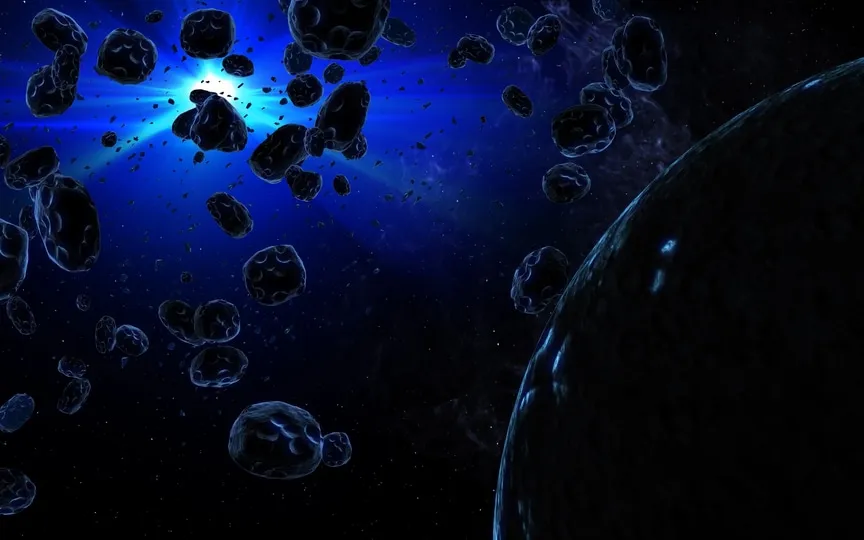NASA reports that Asteroid 2024 CL3 will zoom past Earth at a staggering speed of 15011 kmph; Learn about its size
According to NASA, the paths of asteroids can be altered by the strong gravitational pull of Jupiter and by occasional near misses with planets such as Mars. These chance encounters have the potential to dislodge asteroids from the main belt and send them hurtling in various directions across the orbits of other planets. Today, on February 23, one such event is anticipated as an asteroid is projected to pass close to Earth. Stay informed about the specifics of this near encounter.
Asteroid 2024 CL3: Details
The asteroid, named Asteroid 2024 CL3, is heading towards Earth and could make a very close pass today, February 23rd. It is one of two asteroids expected to pass by the planet. one is Asteroid 2024 BY15. It is important to note that while both of these asteroids will come very close to Earth, neither is expected to hit the surface.
NASA revealed these details after tracking the asteroid’s orbit using its various satellites and space and ground-based telescopes including NEOWISE, Catalina Sky Survey, Atacama Large Millimeter/submillimeter Array (ALMA), Pans-STARRS1 and more. According to the details, asteroid 2024 CL3 is expected to pass the Earth at a distance of 3.5 million kilometers. Asteroid 2024 CL3 measures nearly 61 feet across, making it almost the size of a house.
According to NASA, it belongs to the group of Aten asteroids, which are Near-Earth Asteroids (NEAs) that cross the Earth, with semi-major axes smaller than the Earth’s axis. They are named after the asteroid 2062 Ate, and the first of their kind was discovered by American astronomer Eleanor Helin at the Palomar Observatory on January 7, 1976.
It is already moving in orbit at a speed of about 15,011 kilometers per hour, the US space agency has revealed.
Previous approaches
Asteroid 2024 CL3 has passed Earth before. It flew past the planet for the first time on November 28, 1900, at a distance of almost 66 million kilometers. NASA says that after today, this asteroid will come close again on November 23, 2031, passing the planet at a distance of 53 million kilometers.




